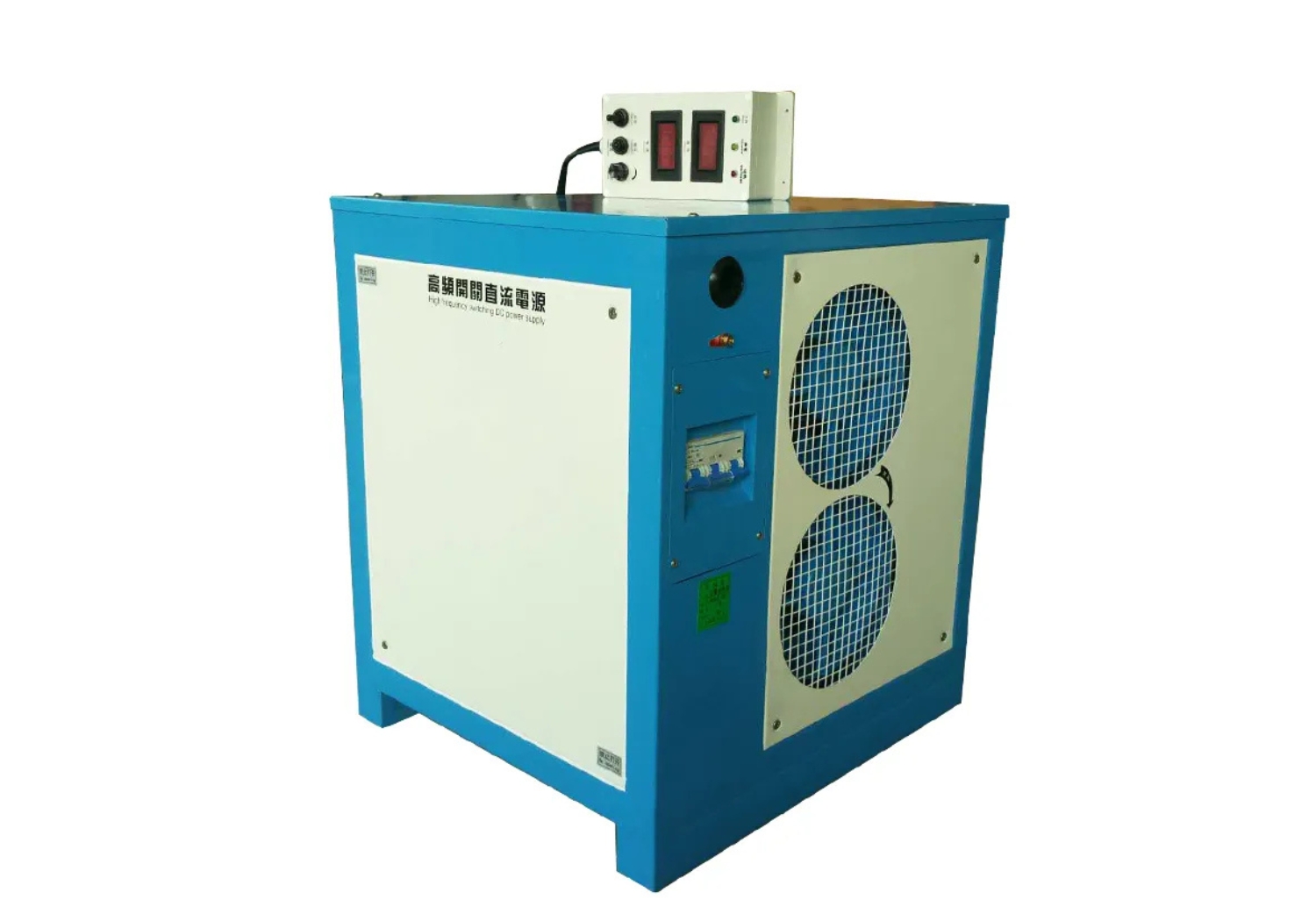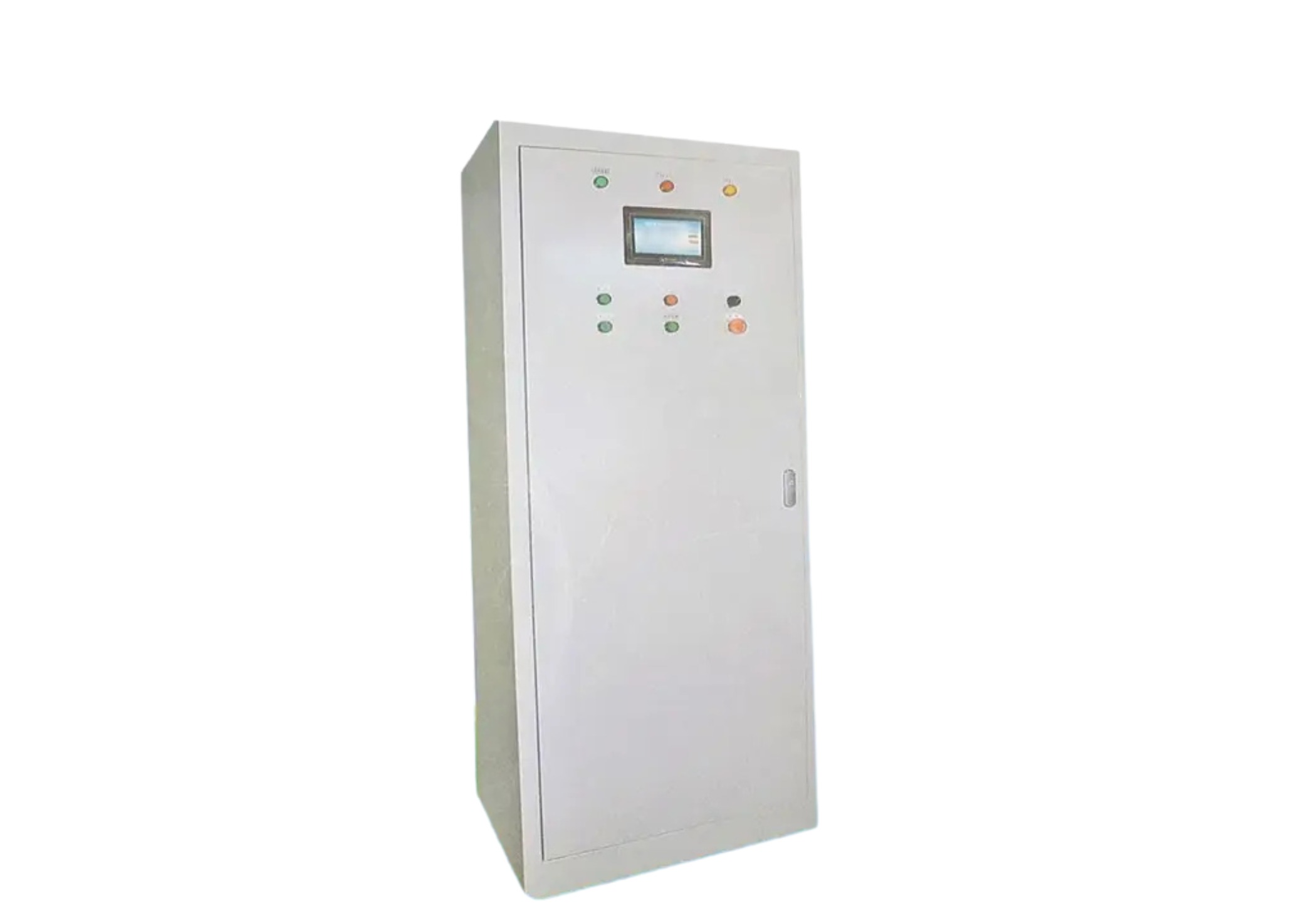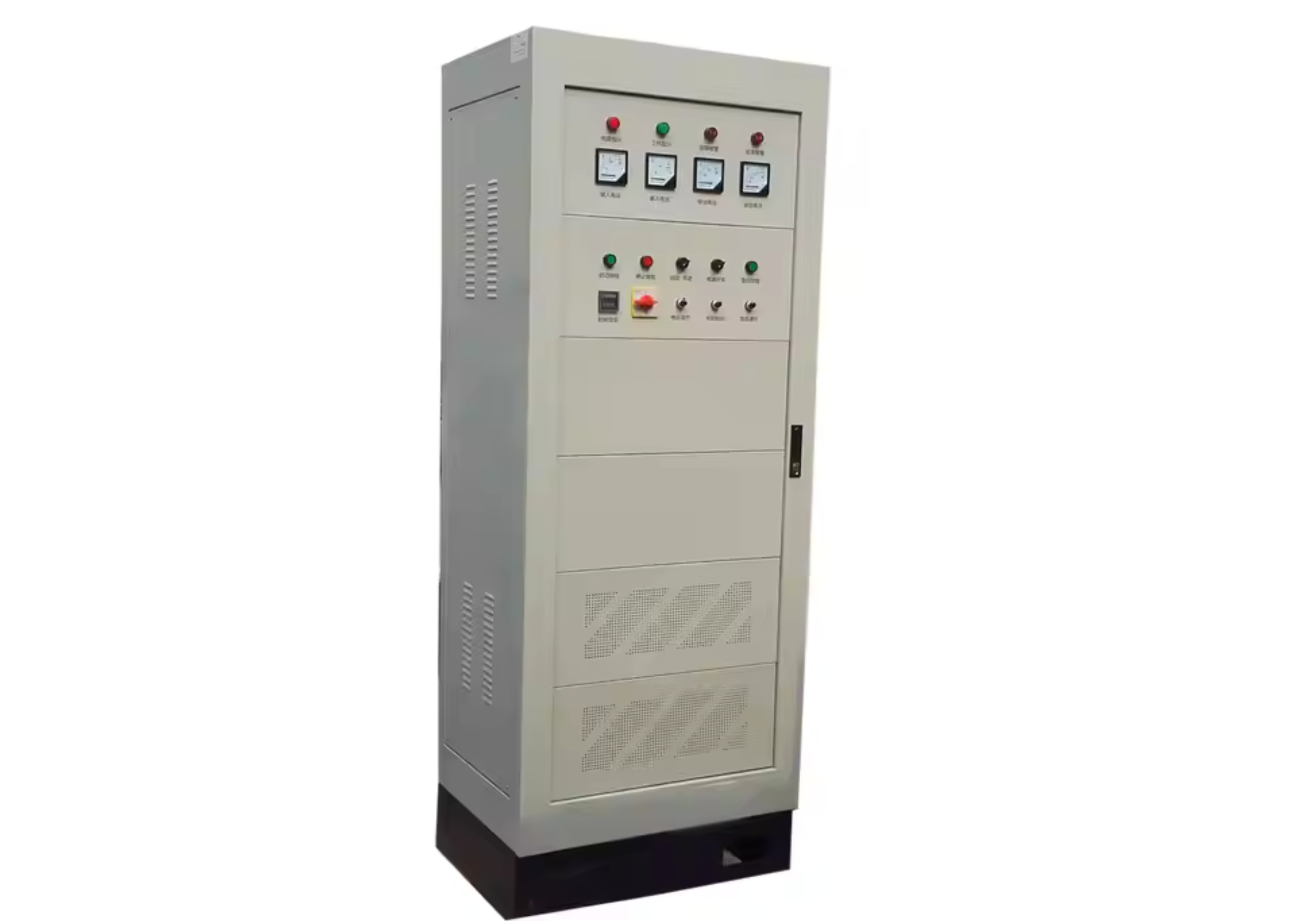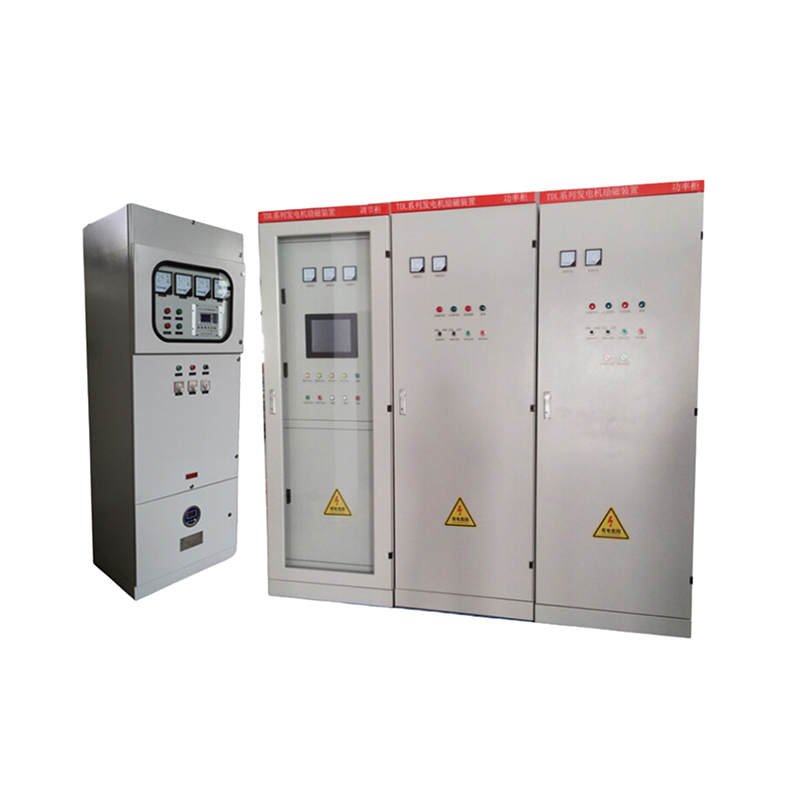ptimizing UPS Systems with the Right Thyristor Modules
Introduction:
Upgrading uninterruptible power supply (UPS) systems is a necessary step to maintain operational reliability and efficiency. One of the key components to consider during this upgrade is the thyristor module, which plays a vital role in ensuring the system operates smoothly. The 106A thyristor module, with features like surge-protection screw-terminal anti-parallel configurations, forced-air-cooling, and low Rth(j-c) certification, is an ideal choice for enhancing the performance of a UPS system. This article will explore how these features contribute to the efficient operation of UPS systems during upgrades.
Section 1: Surge-Protection Screw-Terminal Anti-Parallel Configuration for Increased Durability
One of the main concerns when upgrading a UPS system is ensuring that the system can handle power surges effectively. The 106A thyristor module is equipped with a surge-protection screw-terminal anti-parallel configuration, which plays a vital role in preventing damage from high surge currents. This configuration helps ensure that the module can handle sudden power spikes, preventing costly downtime and protecting sensitive equipment.
The screw-terminal design ensures a stable electrical connection, reducing the likelihood of loose or unreliable contacts, which can undermine system reliability. This configuration improves the module’s ability to maintain stable operation even in challenging electrical environments, enhancing the overall protection provided by the UPS system.
Section 2: Forced-Air-Cooling for Enhanced Thermal Management
Efficient thermal management is essential for the longevity and performance of thyristor modules. During UPS upgrades, integrating forced-air-cooling is highly recommended to ensure the 106A thyristor module operates at optimal temperatures. Forced-air-cooling helps dissipate heat generated during the operation of the module, preventing overheating and reducing the risk of thermal damage.
The 106A module is designed to accommodate forced-air-cooling systems, which help lower the junction temperature and allow the module to operate under high load conditions without suffering from thermal degradation. By using forced-air-cooling, businesses can ensure that the module remains within its safe operating temperature range, improving both its reliability and efficiency over time.
Section 3: Low Rth(j-c) Certified Design for Improved Heat Dissipation
Another important feature to consider when upgrading a UPS system is the thermal resistance of the thyristor module. The 106A thyristor module comes with a low Rth(j-c) certified design, which minimizes the thermal resistance between the junction and the case. This design ensures that the heat generated by the module is efficiently dissipated, preventing overheating and ensuring that the module operates at peak performance.
The low Rth(j-c) design is particularly useful when the UPS system operates in high-power environments, where efficient heat dissipation is crucial. By integrating the 106A module with its low thermal resistance design into an upgraded UPS system, businesses can ensure that the system operates reliably under demanding conditions, reducing the risk of thermal failure and improving overall system longevity.
Section 4: Ensuring Compatibility and System Integration
When upgrading a UPS system, it is essential to ensure that the new thyristor modules are compatible with the existing system components. The 106A thyristor module is designed to be easily integrated into a variety of UPS configurations, making it a versatile choice for upgrades. By ensuring that the new modules are compatible with the existing driver circuits and controllers, businesses can simplify the upgrade process and avoid unnecessary downtime.
Moreover, upgrading the driver circuits to match the new thyristor modules will optimize the system's performance. A well-matched driver circuit ensures that the thyristor module operates efficiently, providing fast and reliable switching to ensure consistent power delivery. Integrating the right driver circuits along with the 106A thyristor modules will ensure that the UPS system operates at its maximum potential.
Conclusion:
Upgrading thyristor modules in a UPS system is an essential step in maintaining reliable power protection. When selecting the 106A thyristor module, it is important to consider features like surge-protection screw-terminal anti-parallel configurations, forced-air-cooling, and low Rth(j-c) certification. These features help optimize the performance of the module and ensure that the UPS system operates efficiently and reliably under varying load conditions. By making the right selections and integrating compatible components, businesses can ensure that their UPS systems continue to provide dependable power protection for their sensitive equipment.






